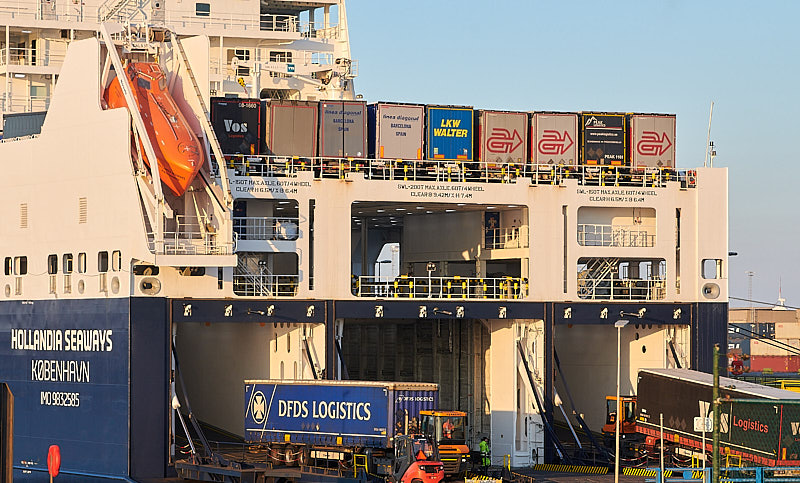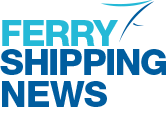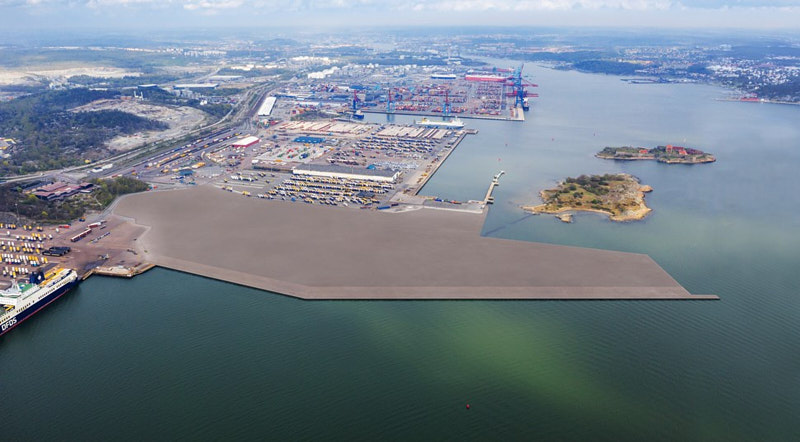DFDS Opens New Route Between Zeebrugge and Gothenburg for Stora Enso
9 May, DFDS and Stora Enso have entered into a 5-year agreement to annually carry around 700,000 tons of paper and board products between Gothenburg and Zeebrugge.
To accommodate the volumes of the agreement, DFDS will open a route between Gothenburg, Sweden, and Zeebrugge, Belgium.
The new route will be operated by three ro-ro ferries. Two ro-ro ferries – SLINGEBORG and SCHIEBORG – will be acquired for DKK 270m. These vessels were originally designed for the route, and for this cargo. They were chartered by Stora Enso and operated by SOL Continent Line since November 2014. The ships will no longer be available to SOL Continent Line, which means that the SOL service between Gothenburg and Zeebrugge will end on 17 June, 2019. (read the SOL press release here)
DFDS will also transfer one ro-ro from DFDS’ existing route between Gothenburg and Ghent that currently deploys four freight ferries.
The new Zeebrugge-Gothenburg route is expected to begin operating mid-June, 2019.
Stora Enso has the option to extend the agreement with three year.












